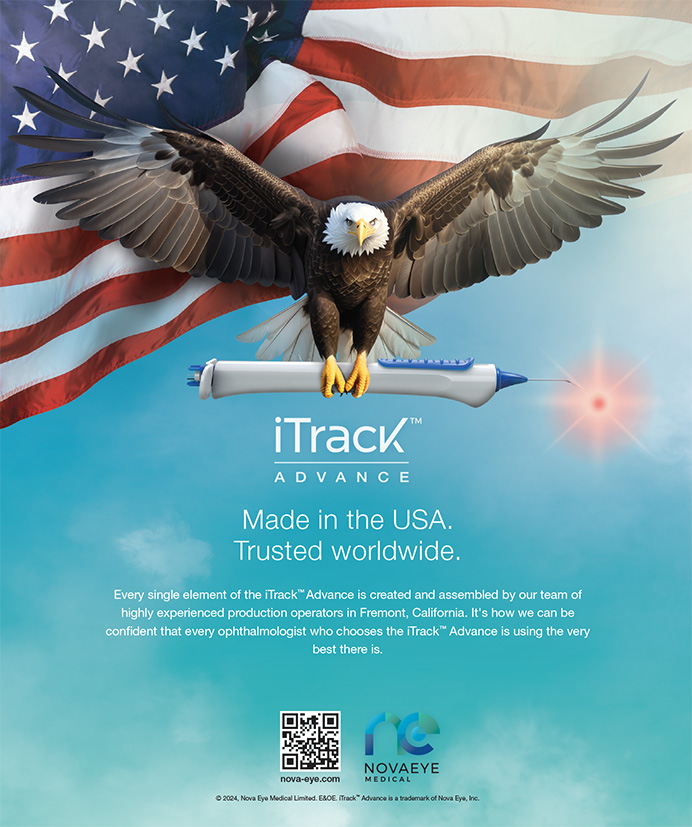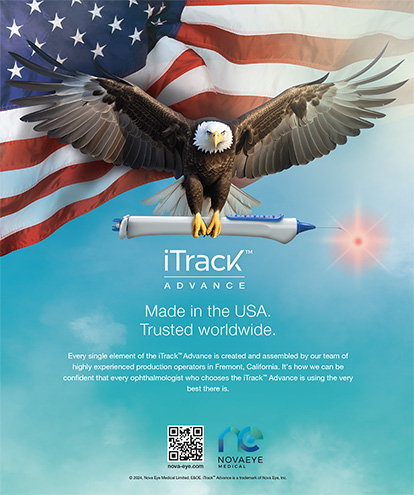During the past 6 years, the number of LASIK procedures being performed has slowly declined. Despite the introduction and adoption of new technology and subsequent improvement in overall outcomes, some have speculated that overall LASIK volume has bottomed out in the ophthalmic industry. Shockingly, earlier this year, Market Scope reported a 6.6% decline in 2013 when compared to 2012. With the economy rebounding in the second quarter and the US stock market nearing all-time highs, statistics should paint a better picture for ophthalmologists who focus solely on laser vision correction.
Given the uncertainty of future demand for laser vision correction, are practices apprehensive about investing in newer technology? Many surgeons are left to wonder, is the worst behind us, and is LASIK ready to rebound? In an attempt to understand the current trends and market, QualSight LASIK surveyed its network of approximately 240 independent LASIK practices to establish their opinion and experiences firsthand.
The survey, conducted in June, included the following eight questions:
No. 1. Compared with 2012, did your LASIK/PRK volume increase or decrease in 2013?
No. 2. Compared with the same period in 2014, did your LASIK/PRK volume increase or decrease compared with 2013?
No. 3. Compared with 2013, do you expect your 2014 LASIK/PRK volume to increase or decrease?
No. 4. How often do the surgeons in your practice perform traditional LASIK with a microkeratome?
No. 5. How often does your practice perform traditional LASIK with a bladeless system?
No. 6. How often do the surgeons in your practice perform customized LASIK with a microkeratome?
No. 7. How often do the surgeons in your practice perform customized LASIK with a bladeless system?
No. 8. Does your practice offer financing options?
RESULTS OF THE SURVEY
Some notable results include the statistic that 60.1% of practices reported an increase in 2013 procedural volumes compared with the previous fiscal year (Table). In the wake of extremely poor winter conditions throughout the Midwest and Northeast, it is not surprising that when compared to the first quarter of 2013, 63.5% of practices posted a decrease in procedures for the period.
Jessica Short, refractive surgery manager at Midwest Eye Center in West Chester, Ohio, cites unemployment and a weak economy, “We are still experiencing high unemployment in our area, and available funds are needed to provide basic necessities.” Despite the slow start this year, optimism is high, with 65.2% of QualSight providers expecting procedural growth this year. However, only 6.1% of practices expect significant volume increases of more than 20%. These optimistic results are also supported by QualSight’s growth in procedures, with an 18% increase (as of June 30, 2014) compared with the same period in 2013.
USE OF NEW TECHNOLOGY, MARKETING
Despite the overall decline in procedures, the surveyed providers continue to increase their use of newer technologies such as customized/wavefront-guided and bladeless LASIK. For example, 63.7% use a bladeless technology for customized/wavefront-guided procedures for the majority of their patients. In contrast, only 14.3% perform customized/wavefront-guided procedures with a microkeratome for the majority of their procedures.
Advertising in today’s LASIK market has steadily become more challenging, since technology allows patients to customize their media experience. Unlike the days of only newspaper and print ads, today’s consumers’ use of social media, the Internet, and local cable television preferences has a significant impact on practices’ marketing strategies. New advertising mediums can successfully separate users into specific categories based on their personal interests and browsing habits.
DEMOGRAPHICS
The most sought-after LASIK patient is often referred to as the Millennial demographic. These tech-savvy 18- to 35-year-old individuals are likely to make decisions based on peer reviews on sites like Yelp, and they often seek value or a low price.
“The Internet is the best way to raise awareness for our practice and separate ourselves from surrounding LASIK surgeons,” says Melissa Wood, director of refractive services at Spectrum LASIK in Greenville, South Carolina. In an effort to target Millennials, some practices experiment by offering Groupon or LivingSocial deals that promote deep discounts and appeal to the price-conscious shopper. Typically, these online promotions come with a heavy cost, “Advertising fees are ridiculous!” says Ms. Short, with up to 30% of the total sale going to the website promoting the deal. These advertising strategies may generate surgeries, but is this a viable long-term marketing solution? Ms. Wood confirms, “We used Groupon, and it was not positive. They priced our procedures at 50% off, which barely covered our costs, but it wasn’t as beneficial as we’d hoped, since we did not receive any referrals from patients that purchased the coupon.”
CONCLUSION
Today, with more than 800 locations coast to coast, QualSight’s goal is to provide prequalified LASIK patients, who are seeking laser vision correction at affordable rates, to its network of LASIK providers. Its 75 million members are derived from health care insurance plans, vision plans, large companies, and unions. By participating in value-added programs or plan-sponsored discount programs, a practice can help offset the lower procedural revenue without high premiums associated with Internet deal promotions. “QualSight schedules patients easily, and referrals are easy, and plus they offer more qualified patients,” says Ms. Wood.
Practices’ participation in discount programs, while continuing to offer usual and customary pricing to existing and new patients, may help bridge the gap to profitability. Many providers may initially dislike the idea of lowering their pricing to increase volume, but in an industry on life support, this is exactly where QualSight has found success.
Linck Bascomb is president of QualSight in Chicago. Mr. Bascomb may be reached at (773) 632-4109; lbascomb@qualsight.com.
Devin Birch is director of provider relations at QualSight in Chicago. Mr. Birch may be reached at (773) 632-4114; dbirch@qualsight.com.


